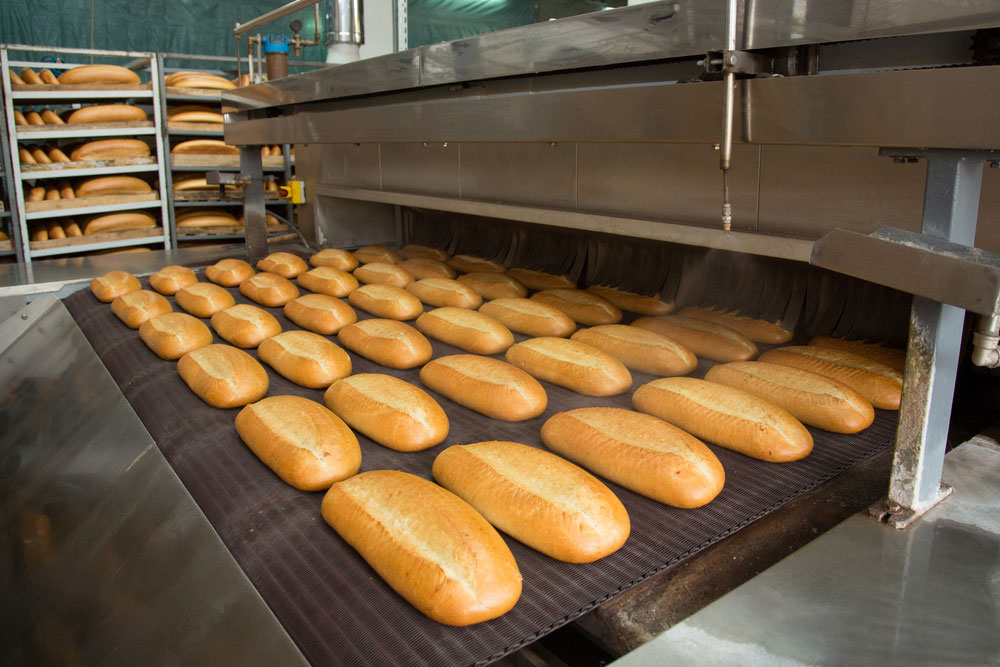
August 27, 2019
Because many people, including employees in food manufacturing plants, spend most of their time indoors, checking the air quality can help determine problems. From the results of testing, the management can design a plan to help address problems, if there are any, and help improve the quality of air inside the plant.
Safe Quality Food or SQF requires that compressed air purity testing be performed for the food industry. SQF compressed air testing requires that the air quality inside a food or beverage manufacturing plant be clean to ensure food safety for everyone.
The air quality inside food manufacturing plants is affected by odor emissions. These emissions can negatively impact indoor air quality and consequently lead to an increased rate of absenteeism and reduced productivity. This just means that air quality can greatly affect employee productivity and health.
The health problems associated with poor air quality inside the workplace can be as simple as respiratory difficulties and headaches, and as life-threatening as cancer, liver, and heart damage.
Poor air quality can also be responsible for getting some food products contaminated with microorganisms or absorb a different taste or smell during production. This can directly impact product sales, consumer confidence, and, ultimately, brand loyalty. Food and beverage manufacturers should operate alongside the latest innovations and manufacturing trends to keep their consumers.
Food production facilities should undergo air purity testing for many reasons. Here are some of the benefits related to air purity testing:

It’s not always obvious during which part of the production air gets in contact with food. Conveyors and counters are manageable places, but air is invisible. It’s impossible to see where it gets in contact with, if this is through the manufactured food, the packaging, or other food contact surfaces. Without treatment of the air and the use of best practices inside the workplace, contamination can possibly happen.
Some parts of the manufacturing process that involve indirect and direct contact with the air include drying, bagging, mixing, pneumatic exhaust, and air knives.
It’s important for a food manufacturing plant management to recognize the role of air purity in the workplace. Testing will help detect problems in air quality, including the presence of bacteria, mold, yeast, and other contaminants that can affect the people and the products made inside the plant. By reducing the occurrence of product contamination, the company should produce high-quality and safe products for their consumers.

Jonathon Sauseda
TRI Air Testing Vice President Jonathon Sauseda has an extensive history of working in the biotechnology industry. Skilled in Good Laboratory Practice (GLP), Gas Chromatography-Mass Spectrometry (GC/FID, GC/MS), SDS-PAGE, Biotechnology, and Cell Culture. Strong professional with a Master of Business Administration (M.B.A.) focused in Project Management from Ashford University.
Scott Ellyson, CEO of East West Manufacturing, brings decades of global manufacturing and supply chain leadership to the conversation. In this episode, he shares practical insights on scaling operations, navigating complexity, and building resilient manufacturing networks in an increasingly connected world.